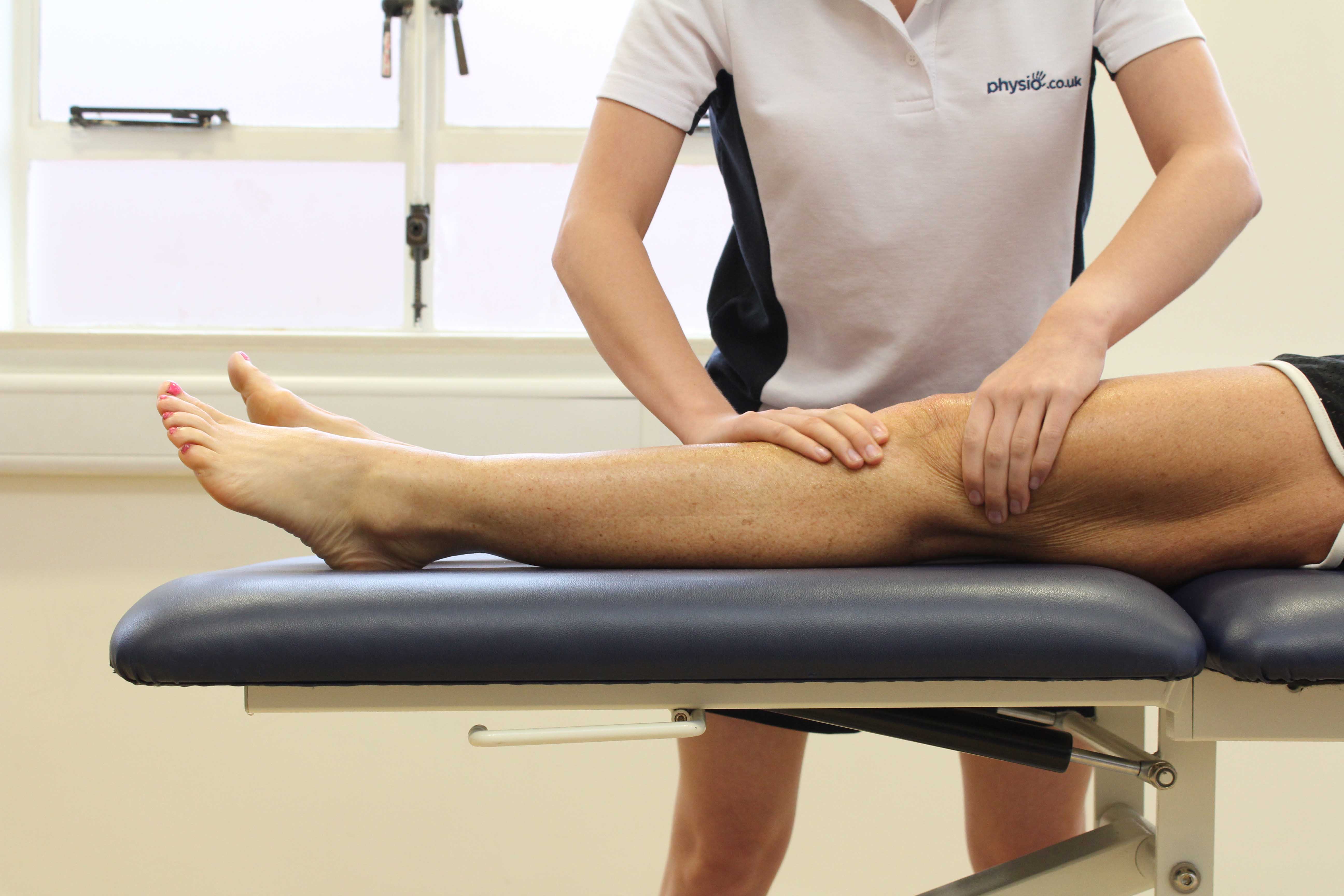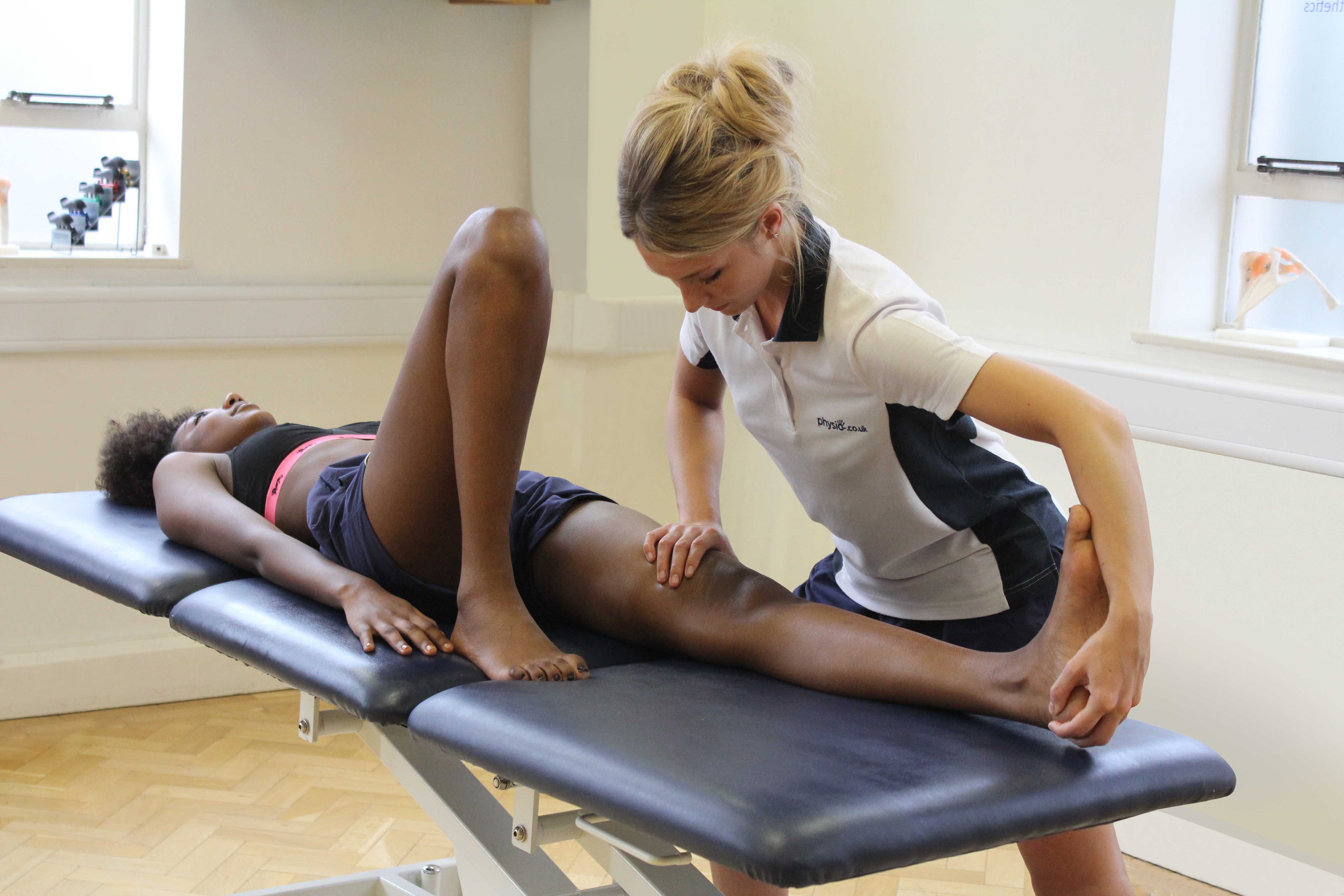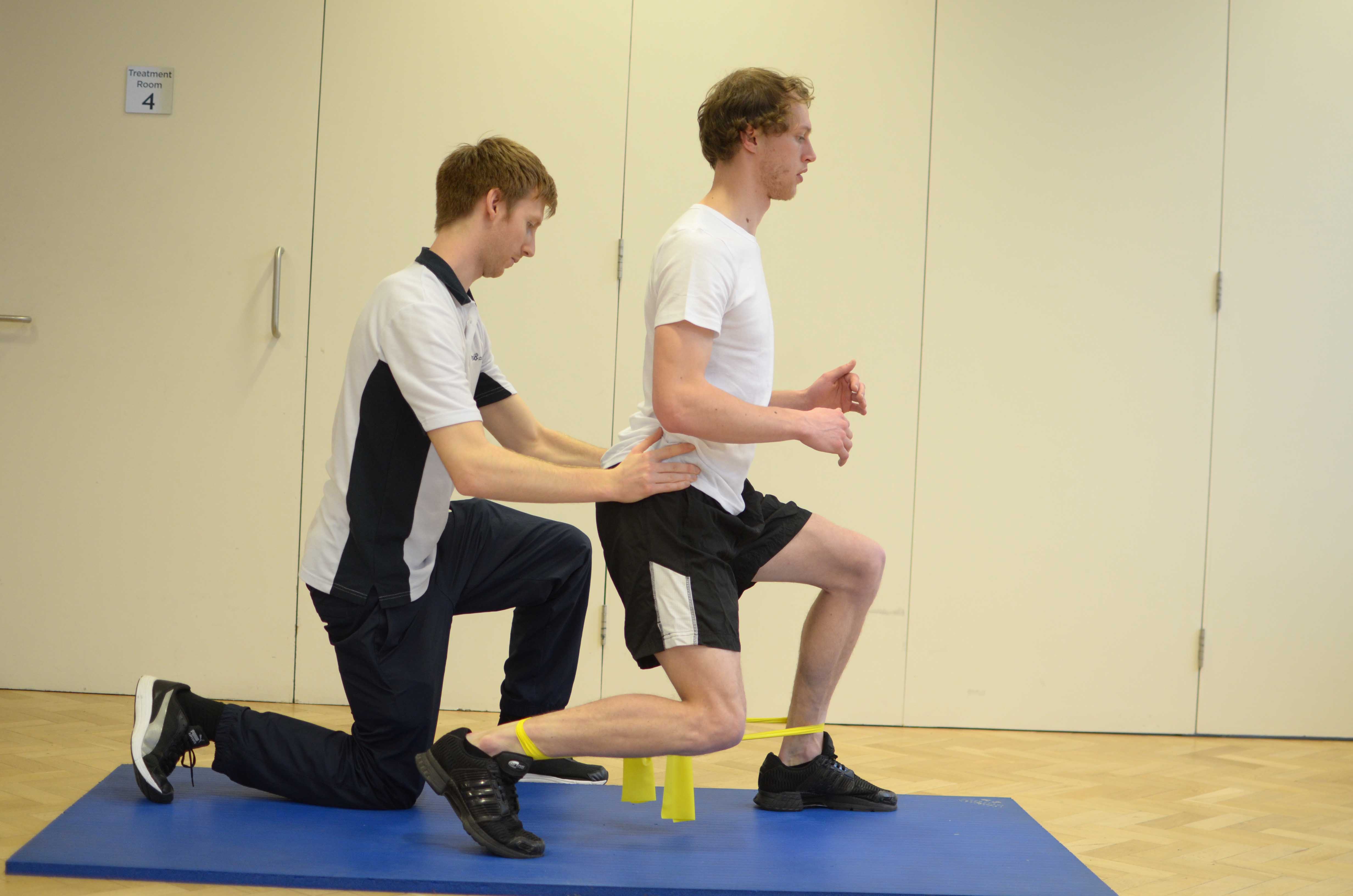Tibial Plateau Fracture Surgery
A tibial plateau fracture is a fracture to the very top surface of your tibia (shin bone) that makes up part of the knee joint. The majority of fractures to the tibial plateau will occur by vertical compression from forcefully landing on a straight leg after a fall or jump. A tibial plateau fracture can also be caused by twisting forces or direct trauma for example, hitting the bumper of a car in a car accident. Additionally, isolated fractures may be associated with injuries to nearby structures, including the arteries, ligaments, nerves, soft tissues, and menisci. Tibial plateau fractures are more common in the elderly, especially women with osteoporosis.
Management of tibial plateau fractures varies from conservative non-operative treatment to open reduction and internal fixation surgery (ORIF). A tibial plateau fracture can be non-displaced (in place) or displaced (out of place).
With a non-displaced tibial plateau fracture, the injury can be treated without surgery using a cast or a brace along with a conventional physiotherapy course. However, a non-displaced tibial plateau fracture usually requires an extended period (about 3 months) of protection from walking.
A displaced fracture means that the fractured bones are out of their correct alignment therefore a surgical approach to treatment is necessary. Surgery for a displaced tibial plateau fracture aims to realign the bones, re-establish joint congruity and restore stability of the knee joint. The type of surgery required, depends on the type of fracture involved. Surgical treatment of a displaced tibial plateau fracture usually involves open reduction and internal fixation (ORIF) of the tibial plateau fracture. Open reduction refers to open surgery to realign the bonesand internal fixation refers to fixation of screws and/or plates to hold the affected bones in place and to help support the fracture. This approach to the treatment of a tibial plateau fracture will facilitate correct healing of the bone and prevent the likelihood of problems occurring in the future. If a displaced fracture of the tibial plateau is left untreated and no surgery takes place then the patient will be at risk of severe pain and disability in the future.
It is imperative that a displaced fracture to the tibial plateau is treated surgically followed by a comprehensive and prolonged course of physiotherapy post operation.
 Above: Soft tissue massage of the muscle and connective tissues around the knee
Above: Soft tissue massage of the muscle and connective tissues around the kneeSymptoms post tibial plateau fracture surgery
After tibial plateau fracture surgery you will experience pain, swelling, stiffness and decreased range of movement in your knee. You will also experience a reduction in muscle strength and control in the post operative period. After your surgery you will be required to wear a cast or knee brace for as long as it is necessary until there has been sufficient healing of the fracture. Your leg will be maintained in extension to ensure healing of the surgical incision. You will be non weight bearing and required to use elbow crutches for between 8-12 weeks depending on the rate of healing with a progression to partial weight bearing. You should be fully weight bearing after 12 weeks if the fractured has healed adequately. Additionally, you will not be able to drive until you can fully weight bear without any pain. A comprehensive physiotherapy programme with Physio.co.uk should be initiated as soon as possible after you have undergone ORIF to ensure the success of your surgery and in the later stages guarantee the full or near full return of function in your knee.
 Above: Mobilisations of the knee joint during an assessment by a MSK therapist
Above: Mobilisations of the knee joint during an assessment by a MSK therapistPhysiotherapy after tibial plateau fracture surgery
Immediate physiotherapy is essential once you have undergone tibial plateau fracture surgery to reduce pain, swelling and stiffness,increase muscle strength, and to return the range of movement in your knee. Once you have been discharged from hospital, your physiotherapy should continue with Physio.co.uk to maintain the progression from earlier stages with a focus on maximising function. It is also important to give you as much knowledge and education about your recovery to reassure you and keep you aware of your rehabilitation goals and outcomes.
 Above: Stability and strength training for the knee, supervised by a MSK Physiotherapist
Above: Stability and strength training for the knee, supervised by a MSK PhysiotherapistEarly stages (1-8 weeks)
Goals in the early stages of your rehabilitation with Physio.co.uk will aim to decrease pain and swelling, improve independence, increase ROM, develop muscle strength, improve muscle control, andimprove patella mobility. You will be wearing a knee brace and using elbow crutches. You will be non weight bearing at this stage therefore Physio.co.uk will aim to progress your weight bearing ability as tolerated. Your physiotherapy will include:
- Cryotherapy (Ice)
- Compression and protection using a form of knee brace or immobiliser
- Gentle patella mobilisations as tolerated
- Non weight bearing exercises
- Passive range of movement exercises
- Isometric (hold) quadriceps strengthening exercises
- Isometric (hold) hamstring strengthening exercises
- Stretching of lower limb muscles (e.g. quads, hamstring, calves) as tolerated
- Hip, ankle and opposite leg strengthening exercises
 Above: Patella mobilisations performed by MSK Physiotherapist
Above: Patella mobilisations performed by MSK PhysiotherapistMiddle stages (8-12 weeks)
Between the second and third month, your physiotherapy programme with Physio.co.uk will aim to progress your weight bearing from non weight bearing to partial weight bearing whilst also continuing previous activities such as stretching and strengthening exercises.
- Continuation of modalities for pain control (ice, medication etc)
- Patella mobilisations
- Progression of passive range of movement exercises
- Introduction of active (unassisted) range of movement exercises
- Continuation of strengthening and stretching exercises for quadriceps and hamstrings
- Progression of weight bearing exercises to partial weight bearing
- Hip and ankle strengthening
- Hydrotherapy
Later Stages:
Following effective rehabilitation from previous weeks, after twelve weeks after your tibial plateau surgery your fracture should have consolidated successfully.You should now have minimal if no pain and swelling, you will now have progressed from no weight bearing to partial or full weight bearing without the need for elbow crutches. By this stage, you will have seen a marked improvement in the function of your knee. The main goals of your physiotherapy programme with Physio.co.uk at this stage will now focus on the continuation of previous exercises, gait re-education, self management of symptoms, good stability and tracking of your patella, full range of movement and increased ambulation (walking) distance. The physiotherapy intervention with Physio.co.uk will include:
- Continuation of strengthening and stretching of leg muscles
- Patella mobilisations
- Full active range of movement exercises
- Ambulation training (walking)
- Gait training
- Proprioception (balance) training
- Stationary bicycle (increased resistance as tolerated)
- Hydrotherapy
Summary
Tibial plateau fracture is a fracture to the top end of the shin bone (tibia) caused by forceful landing after a jump or fall, car accident or by violent twisting of the knee. A tibial plateau fracture can be non displaced (bones remain in position) or displaced (bones are out of position). A non displaced fracture can be treated with the use of a brace, prolonged immobilisation and a conventional physiotherapy programme. A displaced fracture is more serious and requires open reduction and internal fixation (ORIF) surgery which aims to realign the bones and hold them in position using screws and plates. If a displaced fracture does not get treated with surgery it can lead to severe disability and pain. ORIF surgery is crucial for a fracture to the tibial plateau followed by a comprehensive physiotherapy programme offered by Physio.co.uk which will ensure the success of the surgery and guarantee the return of painless, full or near to full function of your knee joint. Call Physio.co.uk now on 0330 088 7800 for more information or to book an appointment. Alternatively you can book online or send us an email at office@manchesterphysio.co.uk.

 0330 088 7800
0330 088 7800


































